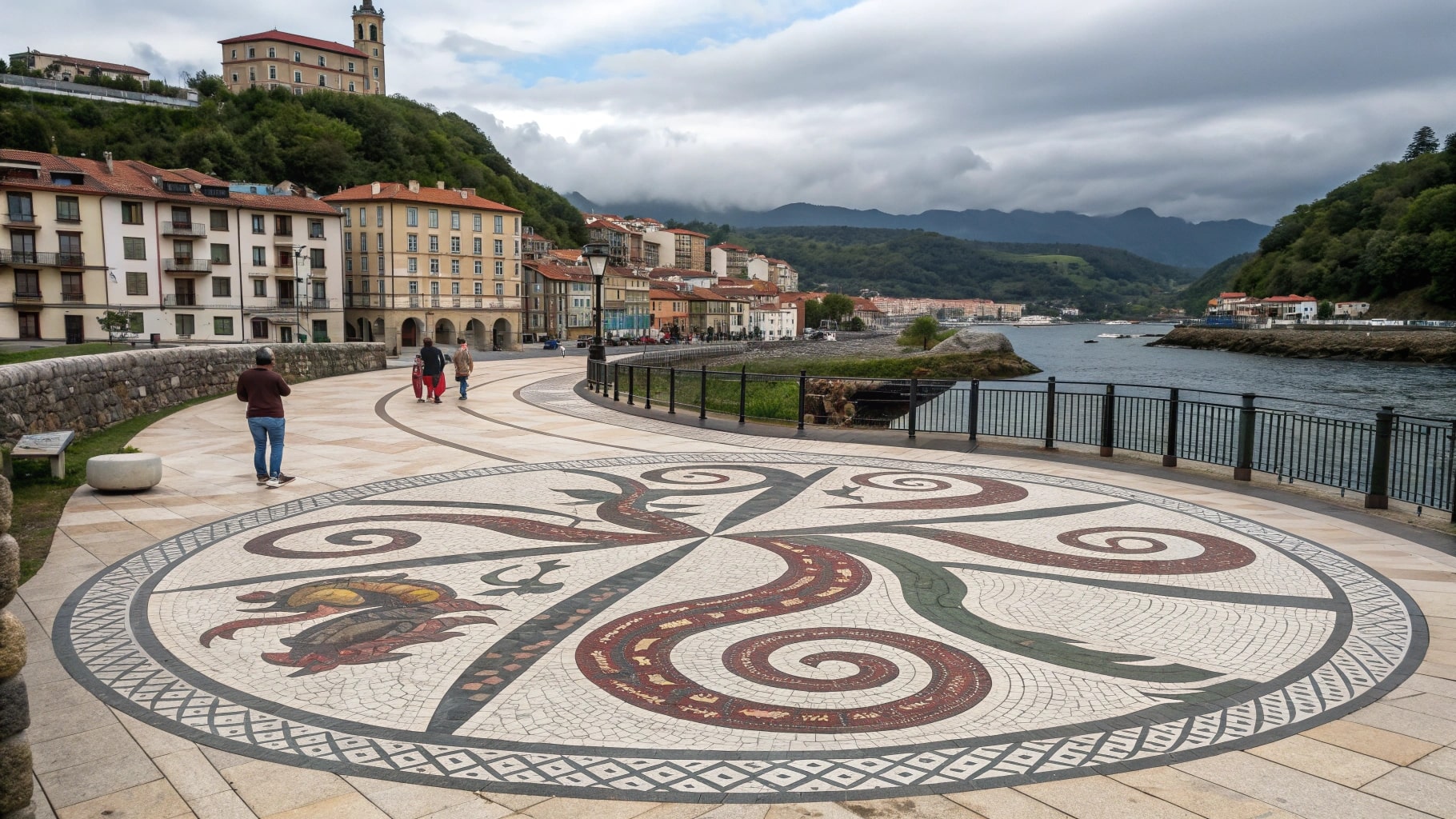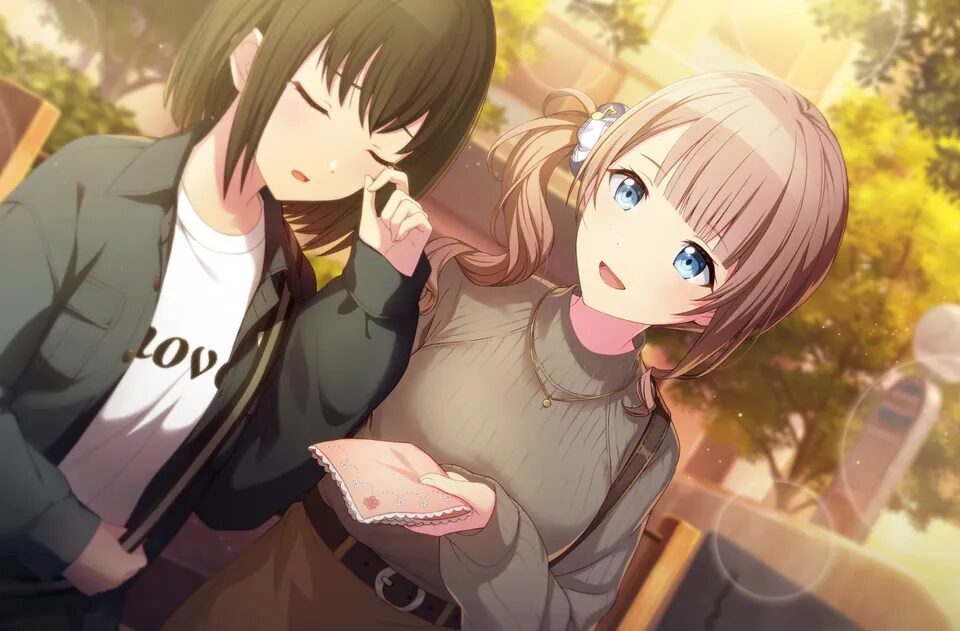The word “Basqueserpartists” may sound unusual, but it carries a fascinating blend of Basque history, art, and identity. It can be understood as Basque serpent artists — creative minds who express Basque culture through symbolic art, often using serpents as a sign of rebirth, mystery, and transformation.
This unique term connects the passion of the Basque separatist movement with the creativity of Basque artists. It represents a cultural evolution — from rebellion and struggle to imagination and art. In simple words, Basqueserpartists stand for people who keep the Basque spirit alive through beautiful and meaningful expressions.
The Basque People and Their Cultural Identity
The Basque people live mainly in northern Spain and southwestern France, in a region known as the Basque Country. They have one of Europe’s oldest languages, called Euskara, which is not related to any other known language in the world.
Their identity is built on strong traditions, music, folklore, and independence. The Basques have always valued self-rule and cultural pride. Their love for art, dance, and storytelling helps them preserve a history that goes back thousands of years. Even today, Basque festivals, sports, and crafts reflect a deep connection with the land and ancestors.
From Separatists to Artists: The Transformation of Expression
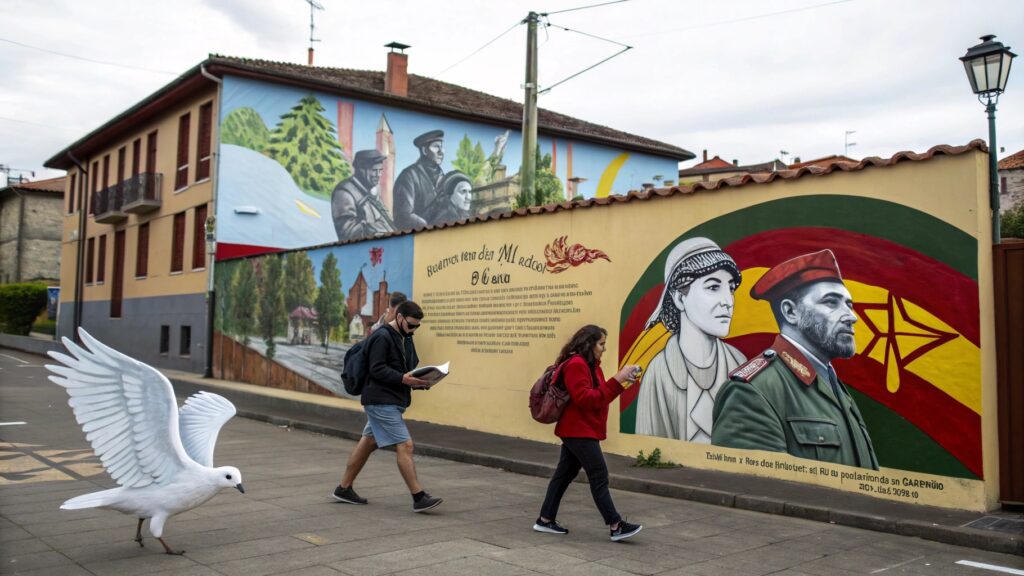
In the 20th century, the Basque people faced political struggles while seeking independence from Spain. A group known as ETA (Euskadi Ta Askatasuna) fought for this cause, but over time, the focus shifted from weapons to words, and from violence to art.
Here is where the spirit of Basqueserpartists was born. Artists began using paintings, sculptures, poetry, and design to express their identity peacefully. Their art carried hidden meanings — rebellion, freedom, and unity — but in a way that inspired, not divided. Today, art has become their voice, replacing the sound of conflict with colors and imagination.
Mythology and Symbolism in Basque Art
Basque culture is full of ancient myths and symbols. One of the most famous creatures in Basque mythology is the Herensuge, a serpent or dragon-like being that represents power and renewal.
The serpent is a recurring theme in Basque art, and that’s why the word Basqueserpartists fits perfectly. These artists often use snakes, spirals, and flowing shapes to represent change, wisdom, and eternal life. Their art mixes old legends with modern style, creating a bridge between the past and the future — something truly magical and mysterious.
The Rise of Basqueserpartists Movement
As the world opened to new ideas, young Basque artists started forming groups that blended national identity with modern creativity. They painted murals on city walls, created music in native languages, and made digital art that celebrated Basque pride.
This artistic awakening became known informally as the Basqueserpartists movement — a new way to celebrate culture without politics. It brought together artists, writers, and designers who used creativity to remind the world of Basque uniqueness. Their motto became clear: Art is the new resistance.
Famous Basqueserpartists and Their Contributions
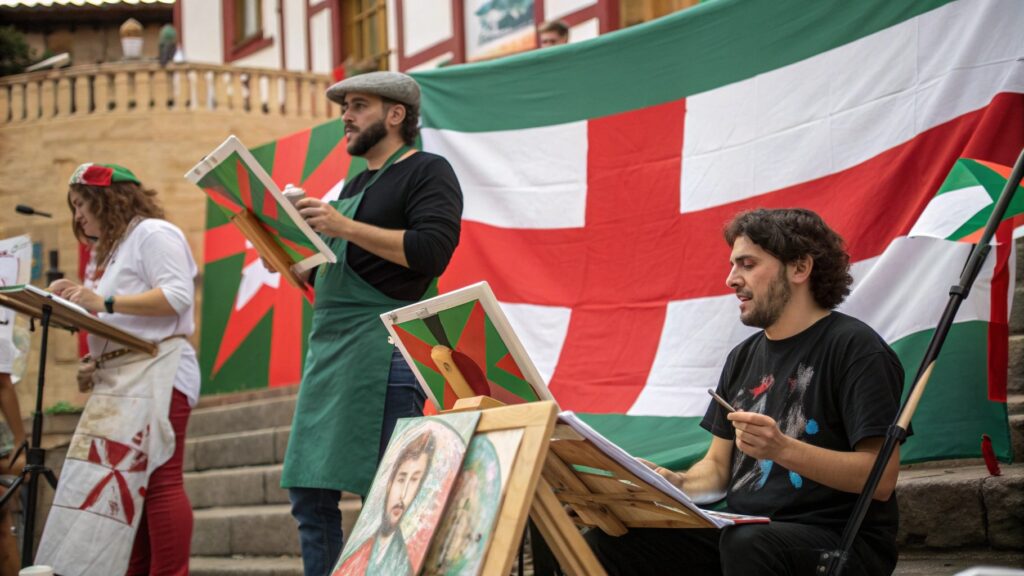
Some of the most talented creators from the Basque region can be called Basqueserpartists because of how they express identity and pride.
For example, Eduardo Chillida, one of the most famous Basque sculptors, used large metal shapes to symbolize human freedom and strength. Jorge Oteiza, another great artist, turned minimalism into a voice for Basque philosophy. Modern artists now follow in their footsteps — blending digital art, folk traditions, and local language into their work.
Each Basqueserpartists piece tells a story — about who the Basques are, what they believe in, and how they keep their culture alive in every brushstroke.
The Role of Serpent Imagery in Basque Culture
Why serpents? In Basque tradition, the serpent or Herensuge is not evil like in some Western myths. Instead, it’s a symbol of strength, knowledge, and transformation.
Basqueserpartists use serpent shapes to represent the constant change in their society. The twisting lines of a serpent can mean the ups and downs of the Basque journey — sometimes dark, sometimes light, but always moving forward. This symbol appears in paintings, tattoos, jewelry, and architecture, turning a mythical creature into a cultural signature of hope and endurance.
Cultural Conflict and Political Influence on Art
Throughout history, art in the Basque region has been deeply influenced by political conflict and cultural survival. During the Franco dictatorship in Spain, Basque language and identity were suppressed. Artists had to hide their messages inside their work.
This hidden expression became part of the Basqueserpartists style — using symbols, colors, and stories to speak without words. After democracy returned, the art became bolder, celebrating freedom and memory. The Basqueserpartists movement reminds us that art can heal, resist, and rebuild — all at the same time.
Modern-Day Basqueserpartists and Digital Art Forms
In the modern world, Basqueserpartists have embraced technology. Many young Basque creators now use digital tools, social media, and NFTs to share their work globally. They create music videos, animations, and AI art that carry the same cultural DNA as their ancestors’ carvings and dances.
This new generation mixes old Basque patterns with futuristic designs. You can find them on Instagram, YouTube, and art festivals, spreading messages of unity, ecology, and self-expression. The digital age has made the Basqueserpartists movement stronger, louder, and more creative than ever before.
Public Perception and Criticism
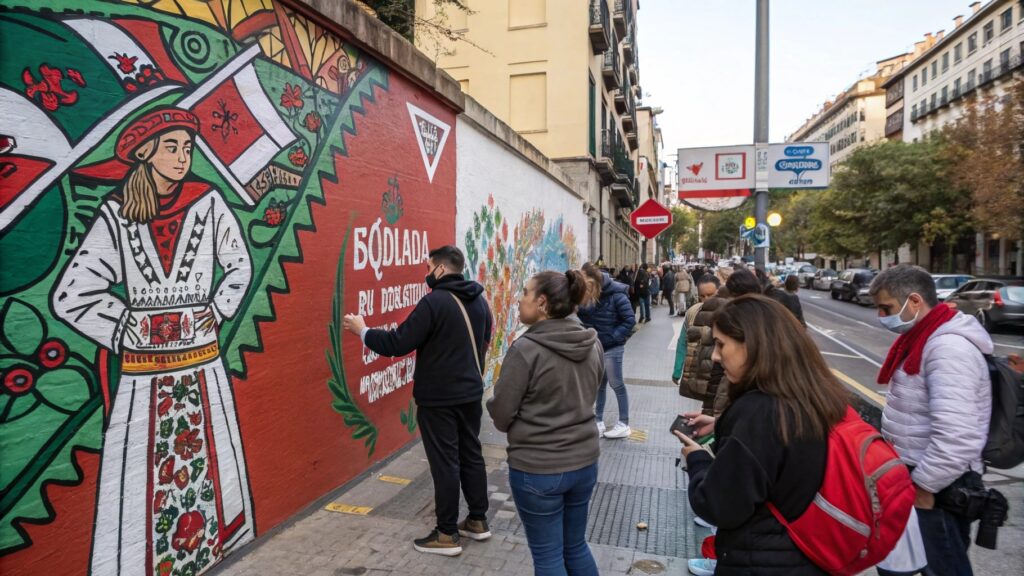
Like every bold cultural idea, Basqueserpartists also face mixed opinions. Some people love the creativity and respect the way it keeps Basque traditions alive. Others think it’s too abstract or too political.
However, most agree that the movement gives young Basques a peaceful way to express identity. It turns old struggles into something beautiful and emotional. Art critics often say that Basqueserpartists show how art can transform history — turning pain into poetry and rebellion into rhythm.
Comparing Basqueserpartists with Global Cultural Movements
The idea of using art to protect culture is not new. Around the world, similar movements have appeared — like Mexican muralism, African tribal art revival, and Native American storytelling through design.
What makes Basqueserpartists different is their deep mix of myth, politics, and modern imagination. They are not just painters or sculptors — they are guardians of identity. Their work speaks to anyone who values tradition but wants to live creatively in the modern world.
Conclusion: The Future of Basqueserpartists in Modern Art
The future of Basqueserpartists looks bright. With growing global curiosity about local cultures and myths, Basque art has a special place in the world of creativity. These artists remind us that identity is not only about flags or borders — it’s about stories, symbols, and souls. Basqueserpartists are more than creators; they are storytellers who turn centuries of struggle and pride into colors, music, and movement. Their art proves that the Basque spirit can never fade — it only transforms, like the serpent that renews itself again and again.
FAQs About Basqueserpartists
What does the word “Basqueserpartists” mean?
It combines “Basque,” referring to the Basque people, and “serpent artists,” symbolizing creators who use serpent-like themes in their art to represent rebirth, wisdom, and strength.
Are Basqueserpartists real or symbolic?
They are both. The term is symbolic, but it represents real artists from the Basque region who express their culture through creative and meaningful artwork.
What kind of art do Basqueserpartists make?
They create paintings, sculptures, murals, digital art, and even music that reflect Basque mythology, identity, and nature. Their work often includes serpent or spiral patterns.
Is the Basqueserpartists movement political?
Not directly. It’s more cultural and artistic, though it was inspired by the Basque struggle for identity and independence. Today it focuses on peace and creative freedom.
Who are some famous Basqueserpartists?
Artists like Eduardo Chillida, Jorge Oteiza, and modern digital creators from Bilbao and San Sebastián are seen as key figures of this movement.
What symbols are common in their art?
The serpent (Herensuge), spirals, mountains, and ocean waves are common motifs representing life, change, and connection with nature.
How is Basqueserpartists art different from other European art?
It’s deeply tied to ancient myths and independence. Unlike mainstream European art, it carries a strong local identity and uses mysterious symbolism.
Where can we see Basqueserpartists art today?
You can find it in museums in Bilbao, on city murals, in digital galleries, and on social media platforms where young Basque creators share their work.
Why are serpents so important in their art?
In Basque mythology, serpents represent transformation and protection. Basqueserpartists use this symbol to show the constant evolution of their culture.
What is the main goal of the Basqueserpartists movement?
To keep Basque identity alive through creative expression — turning cultural pride and history into modern, meaningful art for the world to see.
Related Post:

